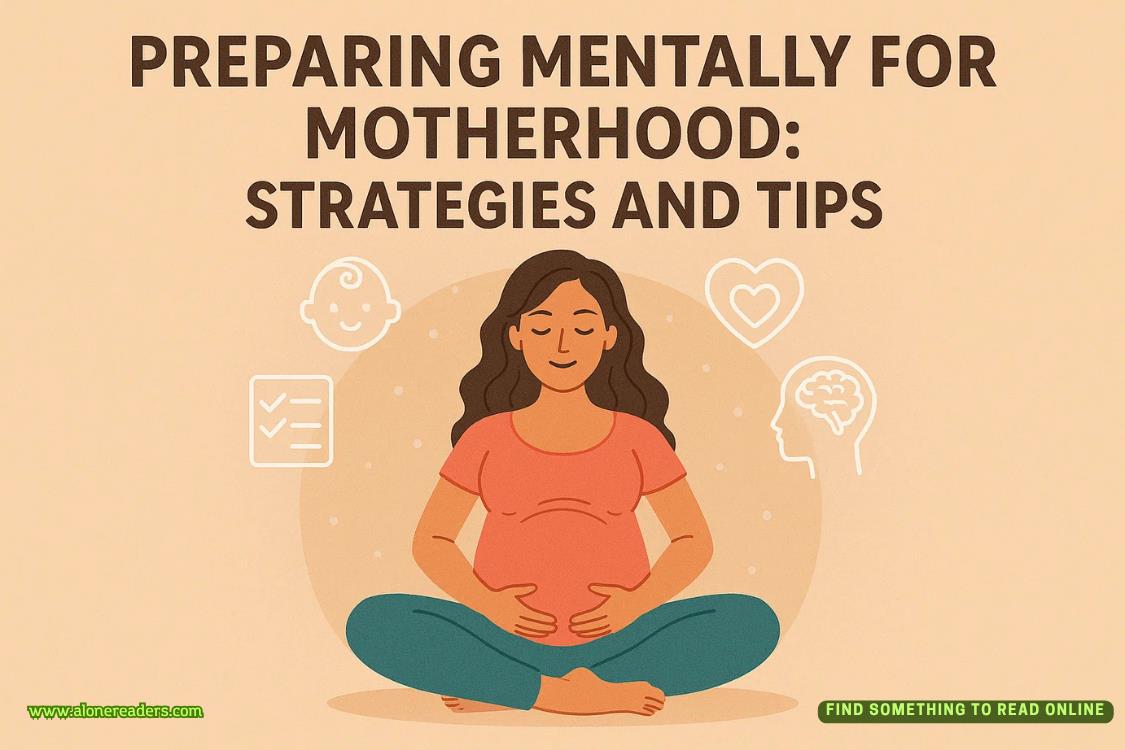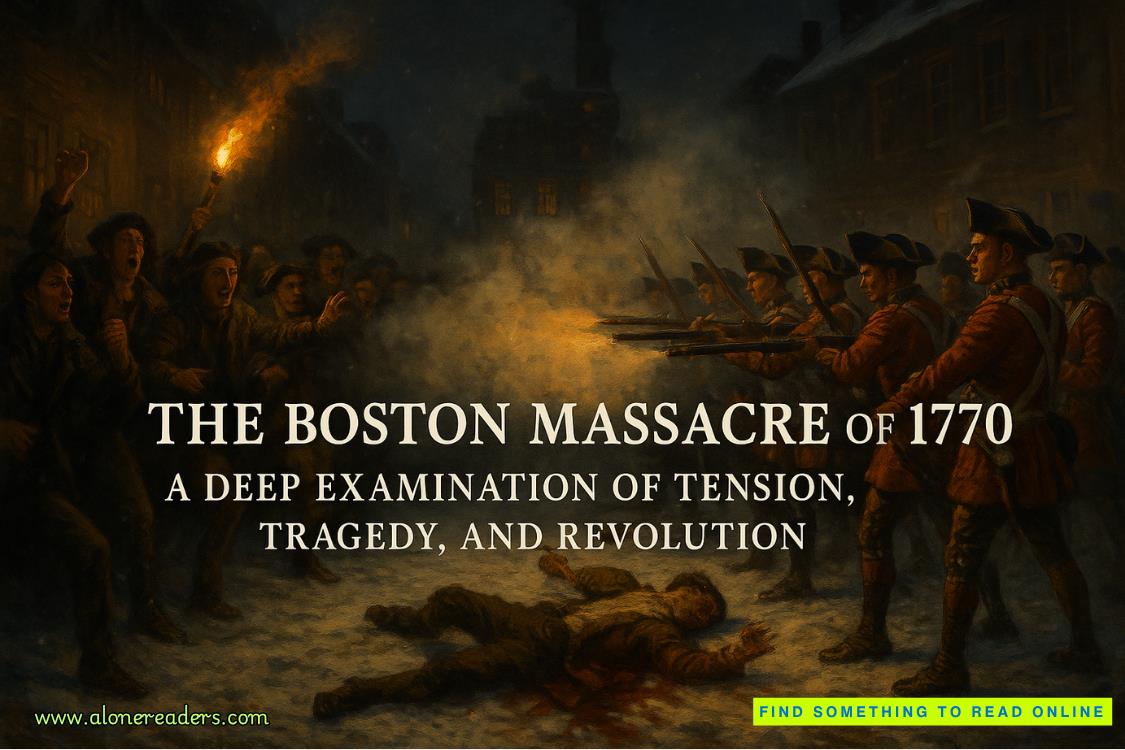Page 14 of The Christmas Retreat
‘That’s a mystery to solve, because I’m now certain that Arwen actually visited Seren Bach in 1919. There was conclusive evidence of that in the second, smaller trunk – a cheap tin affair. Someone – presumably Milly – packed all Arwen’s personal effects into it after her death, including documents and a few photographs. Milly turns out to have been a keen photographer.’
‘How do you know they were taken by Milly?’
‘Deduction, my dear Watson: names, etc. pencilled in on the backs. There was one of Edwin and Arwen outside theSlade in 1918 and another of Arwen and Milly in the same spot, so I expect she handed the camera to Edwin for that one.’
‘Those will be great for the book,’ I said.
‘Definitely, as will another photo, taken of Milly, Edwin and Arwen outside Smuggler’s Cottage in Lamorna, dated September 1919. I don’t know who took that one. You couldn’t do selfies with a Box Brownie camera.’
‘More evidence that Arwen did go to Cornwall with her friends. So what makes you think she visited Wales at all?’
‘Because of a few of Arwen’s sketchbooks, right at the bottom of the tin trunk. While most of them were filled with Cornish seascapes, one pocket-sized sketchbook started with scenes from around Seren Bach. Her habit of writing dates, time of day and places on the back of her work is proving really helpful. The Welsh scenes are dated July 1919. So, going by those dated sketches and the letter from Cosmo Caradoc, I think we can definitely place Arwen in North Wales between May and early autumn of 1919. The sketchbooks were interesting from an artistic viewpoint too,’ Evie added. ‘It was evident she made watercolour sketches outdoors and then worked them up in oils in the studio. They’re semi-abstract, expressionistic renderings, mostly of seascapes. She seemed very inspired by the sky over the sea and the rocky coastline, and tried to capture brief moments in time. We can see how that played out in those two excellent small seascapes in Charlotte’s possession.’
I’d seen the photos of those two paintings by then but I wasn’t interested in technique so much as trying to puzzle out what must have happened.
‘Evie, if she obeyed her guardian and went to Wales after her father’s death, how did she end up in Cornwall later that same year?’
‘At the moment we can only speculate. The most obvious scenarios are either she persuaded Caradoc to let her go to Cornwall, or perhaps she was so unhappy there that she simply ran away. But whatever the reason for it, she was definitely in Lamorna by September. That snap of her with Milly and Edwin outside their cottage is the clincher.’
‘Perhaps Arwen did run away but it was because she was in love with Edwin and missing him?’ I suggested. ‘Granny was born the following year, wasn’t she? So if they got together then, that would all fit.’
‘My mother was born at the end of March 1920, so whether Edwin was her father would depend on when Arwen arrived in Cornwall – unless the baby wasn’t full term, of course, because we know Arwen died soon after the birth, from complications. But I agree, based on what we know so far, Edwin looks like a front-runner. There is also the fact he paid my mother’s school fees.’
‘Yes, if Arwen had a fling with someone in Wales, why would he have done that?’ I agreed. ‘But if Edwinwasthe father, I wonder why he didn’t marry her.’
‘He may not have had serious intentions. He might also have been tiring of the bohemian life in Cornwall by then, because, remember, Charlotte told me he quickly returned to London and settled into respectability, Royal Academy membership and a late and upwardly mobile marriage.’
‘Leaving poor Arwen to die in childbirth.’
‘He wouldn’t have known that would be the outcome,’ she said drily. ‘And we don’t know that he didn’t support her financially, because he certainly made himself responsible for the child’s education.’
‘Itmusthave been Edwin,’ I said, ‘just like Granny thought.’
‘If so, he certainly wasn’t named on Granny’s birth certificate.’
‘It’s all very sad. Arwen was only nineteen when she died,’ I said. ‘And since she died so young, I don’t suppose there’s enough material to write a separate biography of her and her work?’
‘Oh, I don’t know,’ Evie replied. ‘You can pack a lot into even the shortest life, and hers was so intertwined with Milly’s that I need to research both of them together anyway.’
‘I see what you mean. It could be a sort of joint biography,’ I said. ‘But there can’t be much more to be discovered about Arwen, especially after all this time. There aren’t any great mysteries to solve, are there?’
‘I have a feeling there is something there to be discovered, and you know my nose for ferreting out old mysteries is infallible.’
‘Almostinfallible,’ I reminded her. ‘Remember when you thought some of the paintings ascribed to a famous Italian Renaissance painter were actually the work of—’
She brushed this aside by talking over me as if I hadn’t spoken, a very irritating habit.
‘The trail is leading me to North Wales, but before I follow it I intend to see as many of Cosmo Caradoc’s paintings as I can.’
‘What for?’ I asked suspiciously.
‘Just background. I’m already doing the same for Lewis Madoc,’ she said airily. ‘You know how thoroughly I like to research around my subjects.’
This was true: she never left any stone unturned, no matter what hideous many-legged creature lay beneath.
‘My ankle’s much improved so another day or two should fix that, and then I can get on with my research. Just as well,’ she added, ‘because next week, I’m off to Triskelion!’
5















